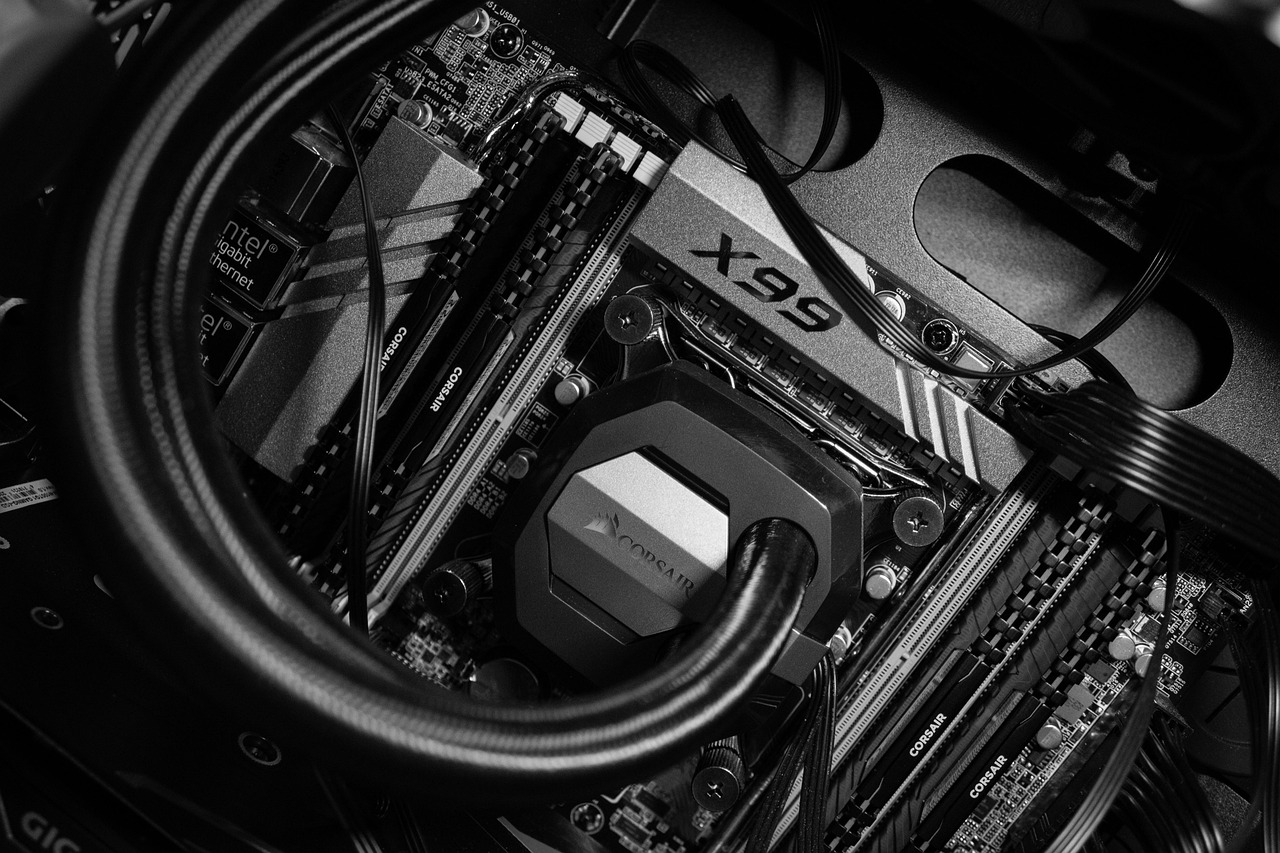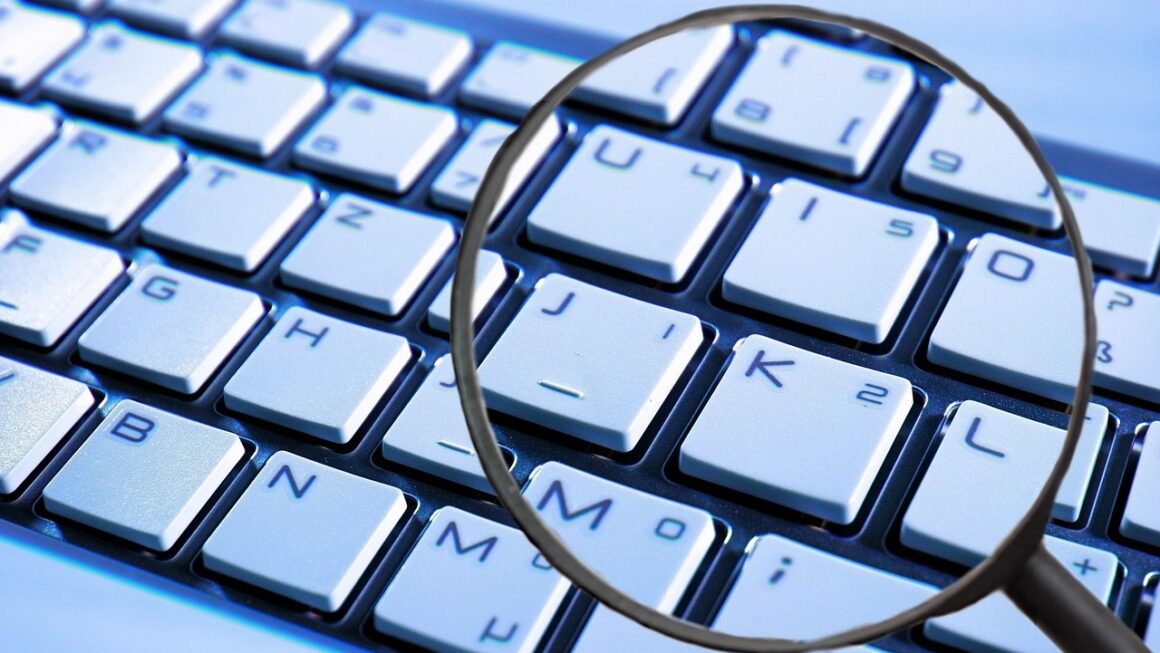
Malware: A Deep Dive into Threats, Detection, and Prevention
The digital world is increasingly reliant on interconnected systems and devices, making cybersecurity a top priority for individuals and organizations alike. At the heart of many security concerns lies malware – malicious software designed to infiltrate, damage, or disrupt computer systems. Understanding the different types of malware, how they spread, and effective methods for detection and prevention is crucial in today’s threat landscape. This comprehensive guide will provide an in-depth look at malware, equipping you with the knowledge to protect yourself and your systems.
What is Malware?
Malware, short for malicious software, is an umbrella term encompassing any software intentionally designed to cause harm to a computer, server, network, or other connected device. Unlike accidental software bugs, malware is created with malicious intent, often aimed at stealing data, damaging systems, or gaining unauthorized access.
Types of Malware
The world of malware is diverse and constantly evolving. Here are some of the most common types you should be aware of:
- Viruses: These malicious programs attach themselves to legitimate files or programs. When the infected file is executed, the virus replicates and spreads to other files and systems. A classic example is a macro virus that infects documents like Microsoft Word files, spreading when the infected document is opened.
- Worms: Worms are self-replicating malware that can spread across networks without human intervention. They exploit vulnerabilities in operating systems or applications to propagate rapidly. The infamous WannaCry ransomware is a prime example of a worm that caused widespread disruption globally.
- Trojans: Trojans disguise themselves as legitimate software to trick users into installing them. Once installed, they can perform malicious actions such as stealing data, installing backdoors, or logging keystrokes. A common example is a fake Adobe Flash Player update that, when installed, delivers a banking trojan.
- Ransomware: This type of malware encrypts a victim’s files, rendering them inaccessible until a ransom is paid. Ransomware attacks have become increasingly sophisticated and targeted, often demanding significant sums of money. Examples include CryptoLocker and Locky.
- Spyware: Spyware secretly monitors a user’s activity without their knowledge or consent. It can collect sensitive information such as passwords, credit card details, and browsing history. Keyloggers are a type of spyware that records every keystroke entered by the user.
- Adware: While often considered less harmful, adware displays unwanted advertisements, often bundled with legitimate software. While not always malicious, adware can be intrusive and can sometimes be a gateway to more dangerous malware.
- Rootkits: Rootkits are designed to hide malicious software from detection by disguising themselves within the operating system. They grant attackers privileged access to the system, making them difficult to remove.
How Malware Spreads
Understanding how malware spreads is essential for implementing effective prevention measures. Common infection vectors include:
- Email Attachments: Malicious attachments disguised as legitimate files (e.g., PDFs, Word documents) are a common method of spreading viruses and Trojans.
- Drive-by Downloads: Visiting compromised websites can result in malware being downloaded and installed without the user’s knowledge or consent.
- Software Vulnerabilities: Unpatched software vulnerabilities can be exploited by attackers to install malware.
- Malicious Links: Clicking on suspicious links in emails, social media, or instant messages can redirect users to websites hosting malware.
- Infected USB Drives: Using infected USB drives to transfer files can spread malware to other computers.
- Peer-to-peer (P2P) File Sharing: Downloading files from untrusted sources on P2P networks carries a high risk of malware infection.
Detecting Malware: Identifying the Threat
Early detection is crucial in minimizing the impact of malware infections. Here are some common signs that your system may be infected:
Signs of Infection
- Slow System Performance: A noticeable slowdown in computer performance, especially when opening applications or browsing the web.
- Unexpected Pop-up Ads: An increase in the frequency of pop-up ads, even when not browsing the internet.
- Unusual System Behavior: Programs crashing unexpectedly, system errors, or unusual network activity.
- Changes to Browser Settings: Alterations to your default homepage, search engine, or browser extensions without your consent.
- Increased Network Activity: High network usage even when you’re not actively using the internet.
- Antivirus Alerts: Frequent alerts from your antivirus software indicating potential threats.
Tools for Detection
- Antivirus Software: A robust antivirus program is essential for detecting and removing malware. Ensure your antivirus software is up-to-date with the latest virus definitions. Popular options include Norton, McAfee, Bitdefender, and Kaspersky.
- Anti-Malware Scanners: These specialized tools focus on detecting and removing specific types of malware, such as spyware and rootkits. Malwarebytes is a well-regarded anti-malware scanner.
- Network Monitoring Tools: These tools can help detect suspicious network activity that may indicate a malware infection.
- System Monitoring Tools: Tools like Process Explorer can help you identify unusual processes running on your system.
- Bootable Rescue Disks: If your system is severely infected, a bootable rescue disk can be used to scan and clean your system from an external drive.
Preventing Malware: Proactive Security Measures
Prevention is always better than cure when it comes to malware. By implementing proactive security measures, you can significantly reduce your risk of infection.
Best Practices for Prevention
- Keep Software Updated: Regularly update your operating system, web browser, and other software to patch security vulnerabilities. Enable automatic updates whenever possible.
- Use a Strong Firewall: A firewall acts as a barrier between your computer and the internet, blocking unauthorized access.
- Install Antivirus Software: Install and maintain a reputable antivirus program with real-time scanning capabilities.
- Be Careful with Email Attachments: Never open email attachments from unknown or suspicious senders. Even if the sender is known, verify the attachment’s legitimacy before opening it.
- Avoid Suspicious Websites: Be wary of websites with poor reputations or those that ask for personal information without a secure connection (HTTPS).
- Use Strong Passwords: Use strong, unique passwords for all your online accounts and avoid reusing passwords. Consider using a password manager.
- Enable Two-Factor Authentication (2FA): Enable 2FA whenever possible to add an extra layer of security to your accounts.
- Educate Yourself: Stay informed about the latest malware threats and security best practices.
- Backup Your Data: Regularly back up your important files to an external hard drive or cloud storage. This will allow you to recover your data in case of a malware infection.
Safe Browsing Habits
- Hover Before Clicking: Before clicking on a link, hover over it to see the actual URL. Be wary of links that appear suspicious or shortened with URL shorteners (like bit.ly).
- Check for HTTPS: Always ensure that the website you’re visiting uses HTTPS (the URL starts with “https://”). This indicates that the connection is encrypted and more secure.
- Be Cautious with Downloads: Only download files from trusted sources. Avoid downloading software from unofficial websites.
- Use a Reputable VPN: A VPN (Virtual Private Network) can encrypt your internet traffic and mask your IP address, providing an extra layer of security when browsing the web.
Responding to a Malware Infection: Actions to Take
Even with the best prevention measures, malware infections can still occur. If you suspect that your system has been infected, it’s important to take immediate action.
Steps to Take
- Disconnect from the Network: Immediately disconnect your computer from the internet and any local networks to prevent the malware from spreading.
- Run a Full System Scan: Use your antivirus software to perform a full system scan to detect and remove any malware.
- Isolate the Infected Device: If you suspect that one device is infected, isolate it from the rest of your network to prevent further spread.
- Change Your Passwords: Change the passwords for all your online accounts, especially those that may have been compromised.
- Monitor Your Accounts: Monitor your bank accounts and credit card statements for any unauthorized transactions.
- Reinstall Your Operating System (If Necessary): In severe cases, you may need to reinstall your operating system to completely remove the malware.
- Seek Professional Help: If you’re unable to remove the malware yourself, seek assistance from a qualified IT professional or cybersecurity expert.
- Report the Incident: Consider reporting the malware incident to the appropriate authorities, such as the FBI’s Internet Crime Complaint Center (IC3).
Conclusion
Malware poses a significant threat to individuals and organizations in the digital age. By understanding the different types of malware, how they spread, and effective prevention and detection measures, you can significantly reduce your risk of infection. Implementing proactive security measures, staying informed about the latest threats, and taking prompt action when an infection is suspected are crucial steps in protecting your systems and data from the ever-evolving threat landscape. Remember that vigilance and a proactive approach are key to staying safe online.
Read our previous article: Cryptos Quantum Leap: Beyond Bitcoins Horizon



